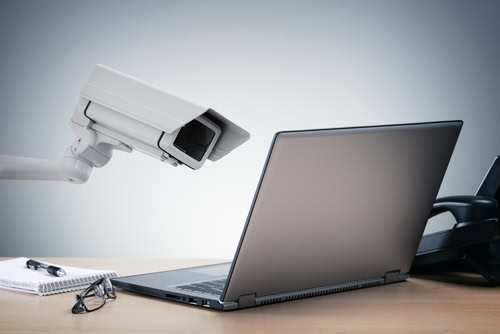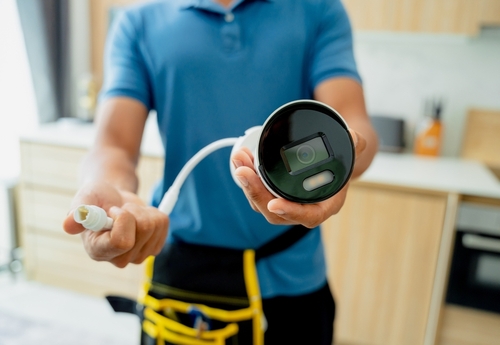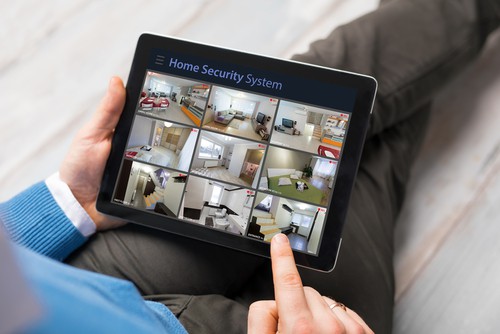
CCTV Camera Remote Viewing: Accessing Footage Anywhere
February 13, 2024
How to Install and Set Up Your First CCTV System
April 1, 2024Choosing the Right Camera for Night Surveillance
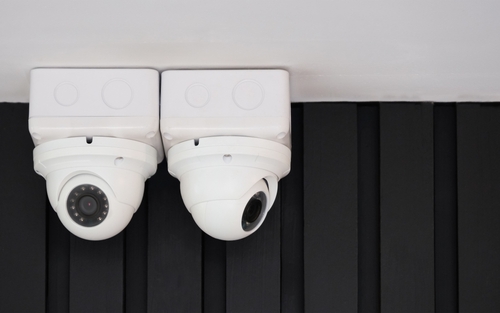
Choosing the Right Camera for Night Surveillance. In the realm of security and surveillance, the effectiveness of CCTV systems during nighttime or in poorly lit conditions cannot be overstated.
As criminal activities often increase under the cover of darkness, ensuring continuous, high-quality surveillance is crucial.
This article delves into the significance of low-light performance in CCTV cameras, exploring the technological advancements and key features that enable effective night surveillance.
Understanding these elements is vital for selecting the right CCTV camera to meet the demands of nighttime security.
The Importance of Low-Light Surveillance
Low-light surveillance technology stands as a sentinel in the shadows, extending the eyes of the security system into the darkest hours.
This capability ensures that properties, assets, and individuals remain under vigilant watch, regardless of the lighting conditions.
The critical role of low-light performance in CCTV surveillance underscores the need for cameras that can capture clear, actionable footage in minimal ambient light, thereby enhancing security protocols and peace of mind for homeowners and businesses alike.
The World of Night Vision Cameras
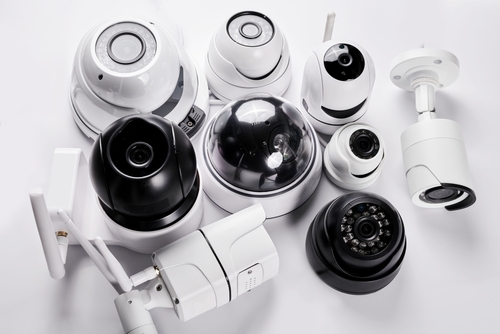
The landscape of night vision cameras is diverse, with various technologies designed to address different aspects of low-light surveillance.
From infrared (IR) illumination to thermal imaging and intensifier tubes, each technology offers unique benefits and applications.
A brief overview of these camera types sets the stage for a deeper exploration into the mechanisms that power low-light CCTV performance, guiding users in making informed decisions when enhancing their security setups.
Understanding Low-Light CCTV Technology
Principles of Low-Light Surveillance
Low-light CCTV cameras are engineered to maximize visibility in dimly lit environments.
They achieve this through a combination of advanced sensor technology, specialized lenses, and image processing techniques.
These cameras adjust their settings in real time to amplify available light, capture infrared illumination, or render thermal contrasts, thus producing clear images even in conditions that would otherwise be challenging for standard surveillance equipment.
Types of Night Vision Technologies
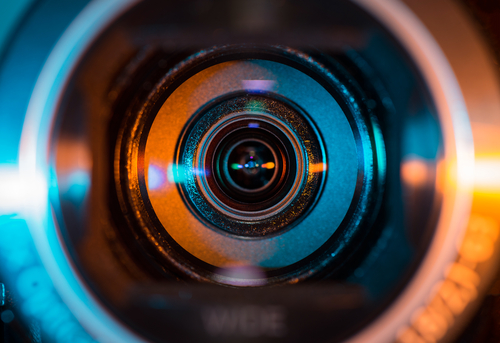
- Infrared (IR) Illumination: This technology equips cameras with IR LEDs to project light beyond the visible spectrum, illuminating the scene for the camera while remaining invisible to the naked eye. It’s ideal for discrete surveillance in complete darkness.
- Thermal Imaging: Thermal cameras detect heat emitted by objects, creating images based on temperature differences. This allows for the detection of living beings and vehicles in absolute darkness, through smoke, and in adverse weather conditions.
- Intensifier Tubes: These devices enhance existing ambient light (from the moon, stars, or distant streetlights) to produce a brighter, clearer image in low-light conditions. While more common in military applications, their principles are also applied in some high-end civilian CCTV systems.
Key Features of High-Performance Low-Light Cameras
Infrared (IR) Capabilities
The inclusion and quality of IR LEDs are crucial for a camera’s performance in no-light scenarios.
Cameras with high-power IR LEDs can illuminate larger areas and capture detailed images from greater distances, making them essential for comprehensive night surveillance.
Sensitivity to Light
The sensitivity of a camera’s sensor to low levels of light, often measured in lux, determines its ability to perform in low-light conditions.
Cameras with lower lux ratings can capture clearer images in lower light, enhancing their utility after dusk.
Lens Aperture
A camera’s lens aperture, indicated by its f-stop number, affects its low-light performance.
Lenses with larger apertures (smaller f-stop numbers) allow more light to reach the sensor, significantly improving image quality in dim conditions.
Evaluating Camera Specifications for Night Use
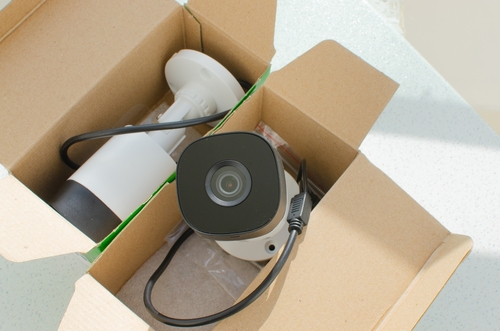
Resolution and Image Clarity
In nighttime surveillance, high resolution becomes even more critical.
Detailed resolution, such as 1080p or 4K, ensures that footage captured under low-light conditions retains the clarity needed for identifying persons of interest or license plate numbers.
Field of View and Range
The camera’s field of view determines the expanse of the area it can cover, while its IR range specifies how far it can effectively illuminate and capture clear images in the dark.
An optimal field of view and sufficient IR range are pivotal for ensuring that surveillance cameras provide effective coverage without blind spots.
Choosing the Right Camera for Your Needs
Selecting the appropriate low-light CCTV camera requires a careful assessment of the surveillance area.
Factors such as the level of existing ambient light, the area’s size, and potential obstructions play significant roles in determining the most suitable camera type and specifications.
While budget considerations are important, investing in a high-quality low-light camera can significantly enhance security efficacy.
It’s crucial to weigh the initial cost against the benefits of improved night surveillance capability, opting for cameras that offer the best combination of features within budget constraints.
Integration with Existing Security Systems
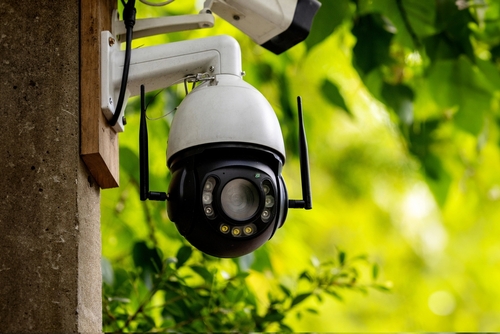
When adding low-light cameras to an existing surveillance system, compatibility is key.
It’s essential to ensure that new cameras can seamlessly integrate with current recording equipment, network infrastructure, and monitoring software, maintaining system coherence and operational efficiency.
Modern low-light cameras often incorporate advanced analytics and smart features, such as motion detection, perimeter breach alerts, and object recognition.
These functionalities can significantly bolster security measures, providing automated alerts and actionable insights that enhance nighttime surveillance strategies.
Installation and Maintenance Tips
The strategic placement of low-light cameras is crucial for maximizing their surveillance potential.
Ideal locations include elevated positions overlooking entry points, pathways, and sensitive areas, ensuring comprehensive coverage and minimizing potential obstructions.
To maintain optimal low-light performance, routine maintenance checks are essential.
These include cleaning camera lenses to remove dust and debris, checking IR LED functionality, and ensuring that all components remain properly configured and aligned.
Legal and Ethical Considerations
Implementing night vision surveillance must be conducted within the bounds of local privacy laws and regulations.
In Singapore, this involves understanding and complying with guidelines that govern the use of CCTV cameras, especially in public or semi-public spaces.
The ethical deployment of low-light cameras involves using the technology responsibly, ensuring that surveillance does not infringe on individuals’ privacy rights unnecessarily.
This includes transparently communicating the presence of surveillance cameras and limiting monitoring to areas where security concerns justify their use.
Choosing the Right Camera for Night Surveillance – Conclusion
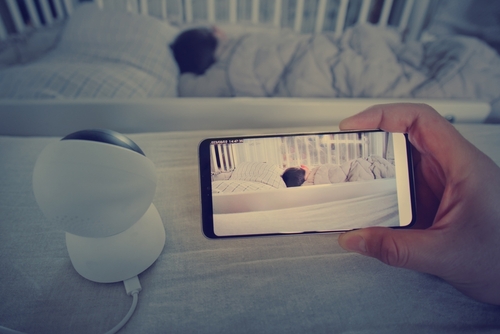
Selecting the right low-light CCTV camera is a critical decision that impacts the effectiveness of nighttime surveillance operations.
By understanding the underlying technologies, evaluating key performance features, and considering environmental and budgetary factors, users can enhance their security systems with cameras that offer superior night vision capabilities.
Investing in quality low-light surveillance technology not only secures properties after dark but also extends the reach of surveillance systems into the most challenging visibility conditions, ensuring safety and security around the clock.
Are you seeking professional and reliable CCTV installation services in Singapore? Contact us today!

